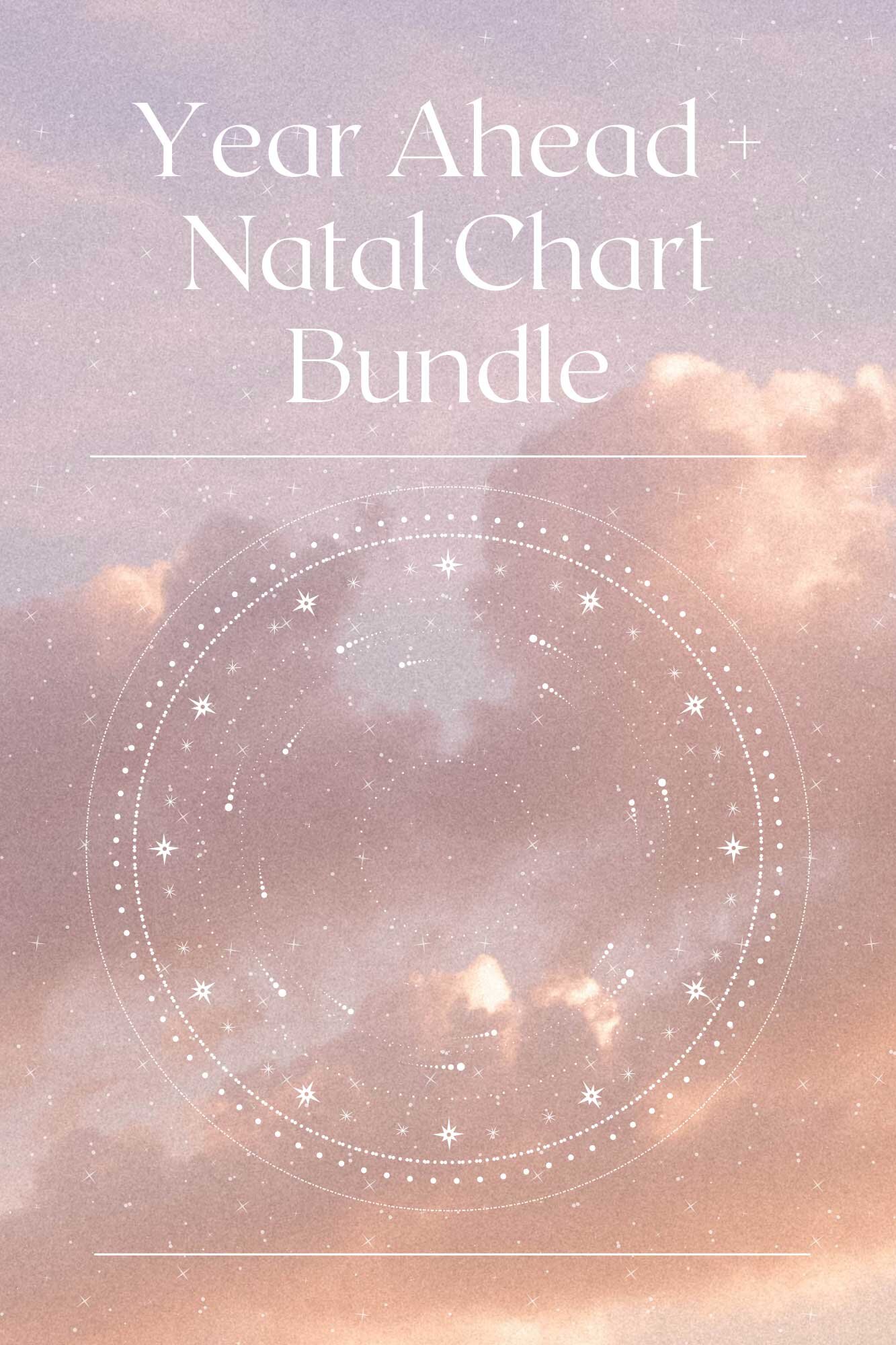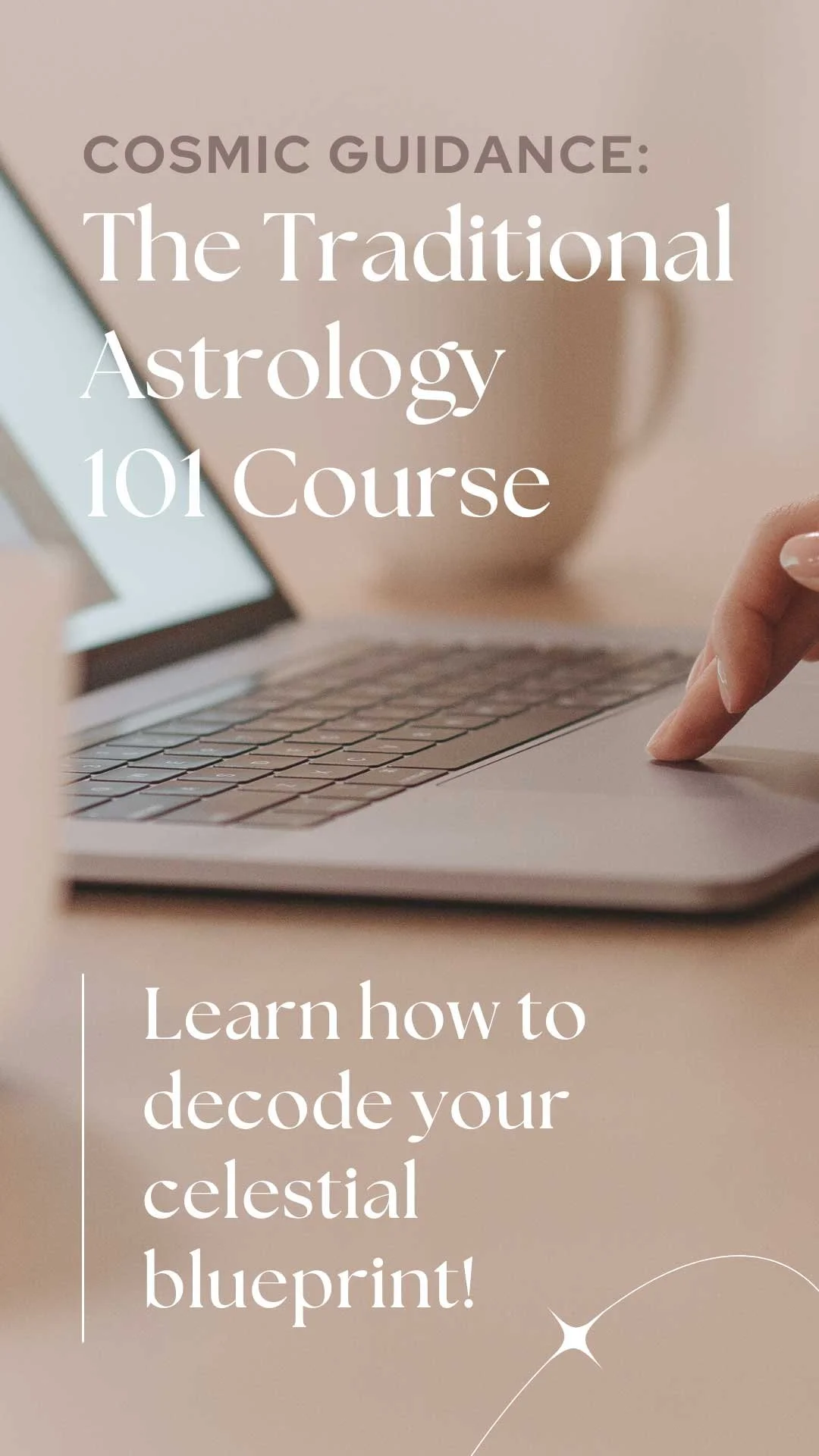How To Read A Horary Astrology Chart
This post might contain affiliate links. If you choose to purchase through these links, we may receive a small commission at no extra cost to you. By using these links you are directly supporting us to continue creating mystical musings content, thank you!
What Is Horary Astrology?
Horary Astrology is one of the four main branches of Astrology (along with Mundane, Electional, and Natal Astrology), and is the more divinatory of the lot. It consists of casting a Chart for the moment a question is asked and understood by the Astrologer, and interpreting it for an answer. It is a very old form of Astrology and can be used by experienced Astrologers for uncanny results and detail!
Generally it seems that answering a question using a Horary Chart works using the premise of the Hermetic maxim: as above so below.
Read on for the basics of how to read a Horary Chart yourself:
How To Read A Horary Astrology Chart
Horary can answer basically any question as long as it is framed in the right way and asked at the right time. A Chart is cast for the exact moment an Astrologer has received and understood the nature of the question, i.e. it is clear in your mind what exactly the question being asked is about.
Some prefer to use the location of where the querent was, the person asking the question, at the time of the event or moment they conceived of the question, and some prefer to use the location of where the Astrologer was when they heard and understood the question. The choice is up to you. As with everything, experiment and try them out, see which one yields more reliable results, and then stick to that format once you have decided. I use Whole Signs.
Before even beginning to cast a Horary Chart, you must decide which House system to use. William Lilly used Regiomantus, many Astrologers prefer quadrant based House systems, I like to use traditional Whole Sign Houses for all my Astrological work. You can read more about the different House systems here. If choosing to use a quadrant House system, then Planetary aspects to the House cusps themselves are also taken into consideration.
What type of questions can horary answer? Things like “will I…?” or “should I….?”, or “Is he…..?”. For example, “will I get my job promotion?” “Is this house I’m considering buying in good condition?” “Should I end my relationship with_?” And so on.
Here are the basic steps of how to interpret a Horary Chart once you are ready:
Step 1 - Determine if the question is fit to be answered
Before you even begin, you must determine whether the Chart is “fit” to be judged in the first place or not (or whether the question being asked is the right one). Aphorisms are a set of rules that frame whether a chart is radical or not (fit to be judged). Sometimes, an aphorism can directly predict the outcome of a question.
Some basic ones are ensuring that the Ascendant is not within 0-3º as it is too early to tell an outcome yet, information is still presenting itself. Likewise questions with an Ascendant between 27-29º should not be answered as it is already too late and the question has unfolded, there is no point trying to intervene.
Some caution against answering a question if Saturn, the greater malefic, falls in the 7th House as this will naturally always represent you, and so answering the question will come to no good (some also caution against answering if it is in the 10th or 1st). Sometimes, Saturn in the first House can also show that the wrong question is being asked.
As one of the main significators, the Moon must also be in some kind of Ptolemaic aspect to the other Planets, otherwise it is void-of-course and the Chart is not fit to be answered.
Finally, if the Moon or the Ascendant is in the via combusta, 15º Libra to 15º Scorpio, it is considered invalid (except potentially if it is at exactly 23º Libra due to the auspicious alignment with the fixed star Spica). There are several other ways to to determine if a Chart is fit to be answered, such as with the Planetary ruler of the hour, checking against the Natal Chart ruler etc. but I personally generally find these to be enough.
Step 2 - Locate + interpret your significators (by dignity, House etc)
Locate your Planetary significators, this will always also include the Moon, the ruler of the Ascendant, and the relevant House ruling Planet. Note which significators are in essential dignities, debilities or peregrine by Sign and House placement. Read more about the Planetary significations here, and the Zodiac Sign Characteristics here. These are the traditional Planetary rulerships:
Aries - Mars
Taurus - Venus
Gemini - Mercury
Cancer - Moon
Leo - Sun
Virgo - Mercury
Libra - Venus
Scorpio - Mars
Sagittarius - Jupiter
Capricorn - Saturn
Aquarius - Saturn
Pisces - Jupiter
Sometimes, the Lunar Nodes are also taken into consideration as points of weakening or lessening for the South Node, and a point of increase or growth for the North Node. They are, however, on the whole taken to be in general wild and unstable placements. You can also add in additional co-significators if necessary, such as Mercury for a lost passport or document, or Venus for jewellery.
You can read more about the Houses in detail here, but for now here are some basic ruling topics:
1st House: The querent, their body and physical appearance, mental state, and sense of vitality.
2nd House: Your finances, related allies (such as a lawyer), and moveable possessions (such as clothes or objects, including transportation).
3rd House: Siblings, aunts, uncles, cousins (some consider these latter three to be the 9th House), neighbours and neighbourhood, paperwork (such as contracts), local travel, early education (such as primary school), roommates, the internet.
4th House: Parents (traditionally the father), immoveable possessions (such as your house and land), family, and spouse’s job (using derived Houses).
5th House: Children, games, gambling, hobbies, sex, romance.
6th House: Illness, accidents, injuries, health, place of work, co-workers, employees (including people you hire such as a plumber), small animals (such as pets), land and property owned by siblings.
7th House: Relationships, partnerships (including business), marriage, open enemies.
8th House: Shared resources (such as inheritance, debt, tax, grants etc), your partner’s finances, death, fear.
9th House: Long distance travel, foreign lands or cultures, higher education and learning (such as Universities), religion, philosophy, teachers, priests, Astrologers, spirituality, books, brothers or sisters-in-law.
10th House: Career, public image, authority figures (such as the government), sometimes the mother. You can also use derived Houses and take this to be your partner’s property or real estate (as it is 4th from the 7th).
11th House: Friends, alliances, groups, memberships, community, hopes and wishes.
12 House: Hidden places (such as prisons, hospitals, monasteries, retreats), isolation, loss, large animals, self-undoing, secret enemies.
Note if there are also any “accidental dignities” as well in addition to the essential dignities. Are the Planets angular? Succedent? Cadent? Are your significators in conjunction to the benefics (Jupiter and Venus) or near the angles (AC, IC, DC, MC)? Planets less than 7º from the Sun are considered combust and weak, retrograde Planets are volatile (but if the Horary is attempting to answer a question about a lost object, then a retrograde significator indicates that the item will return)! Is there mutual reception (Planets in each other’s ruling Sign, i.e. Mercury in Cancer and the Moon in Gemini)?
For example, let’s say you are asked the question “will my boyfriend propose?”. You have checked the necessary conditions for answering a question as listed in step 1 and you cast a Chart for the moment. It has a Gemini Rising. Mercury, the significator of the querent, is in the 10th House, which is angular and prominent, but it is therefore also in Pisces with a Gemini Rising, where it is both in detriment and in fall.
They are hopeful of an affirmative answer but may have the wrong idea. The significator of the seventh House, Jupiter, the partner, is in the 12th House, a dark cadent House of loss. This can symbolise that the partner is looking unlikely to do so, at least for now.
If the Moon is in the 8th House, a dark succedent House of endings, which would also be in Capricorn for a Gemini Rising, its place of detriment. Things are not looking likely. However, the Moon is also applying to a sextile to Venus in the 10th (a benefic, Planet of relationships, and ruler of the Jupiter in Taurus), and Mercury is also applying to a sextile to Jupiter; and so the answer could be a slim potential in the future.
It is important to bear in mind that the whole Chart is NOT interpreted in horary, simply the significators and relevant Houses to the question.
Step 3 - Add in the aspects
Finally, add in the aspects for more information, including if they are in separating or applying aspects representing things coming to pass in the future or that have already gone to pass, respectively (for example, a significator in a separating aspect to Mars indicates that the challenge has already happened and is behind the querent).
You can read more about the aspects in detail here. In Horary, the 5 Ptolemaic aspects are used:
- Conjunction = 0 degrees, the two Planets are basically on top of each other
- Trine = 120 degrees apart. Considered a very positive aspect (or a “yes”)
- Sextile = 60 degrees angle. Considered positive
- Square = 90 degrees apart. Considered a negative aspect
- Opposition = 180 degrees angle. Considered very negative (or a “no”)
Aspects can be considered like actions. No aspect can sometimes indicate no action. This is especially true with Moon. As it is the significator of the whole question, if it doesn’t form any aspects, there will be no action. A Void of Course Moon is naturally one of the main aphorisms- and also brings an answer straight away: no.
As another example, let’s say you are asking about where you put your keys. The significator of the question is the ruler of the 2nd House, as it is your possessions. If the Chart has a Scorpio Rising, Jupiter is the significator of your keys (being in Capricorn).
If Jupiter is in the sixth House, you may have left your keys at work, or your dog took them! Jupiter is also in fall in Capricorn and in a weak House, and so it may be a difficult search, if it is retrograde, it bodes well. A Scorpio Rising Chart has an Aries 6th House. If Mars, ruler of the Ascendant and 6th House, is conjunct the Midheaven, you likely left them at work. If it is also conjunct the Moon and Mercury, your colleagues may know exactly where or it is in your personal office.
There are other specifics you can add, such as the temperaments of the Signs and Planets to flavour the style. The Water Signs indicate places with water, such as the kitchen or bathroom. Air Signs are up high, Earth Signs symbolises low to the ground etc. Fire Signs are hot. Having a Leo 10th House, Aries 6th House and Mars Significator, with Jupiter in Capricorn, it could indicate on the office kitchen floor.
Step 4 - Summarise intuitively
By now it should be clear more or less what your answer is, go back through and summarise all your main points and make one final declaration including all of it, using your best judgement, experience, discernment, and intuition which is the defining feature if there are several mitigating parts.
It may seem complicated in the beginning but with practice it becomes quite a quick process because you are not analysing the entire Chart, only the elements relevant to the question. Eventually, you may even be able to look at a Chart and answer the query in an instant.
Once you become more practiced, you can also experiment with adding in decans and bounds, antiscia, fixed stars and the lots for even more detailed answers. Other consideration can also be added in to answer timing (e.g. in how many days/weeks etc) with the degrees, as well as types of location or direction (in a damp place, facing Northwest), and so on. You can read an interesting case example here.
Many Astrologers also like to refer back to the Natal Chart of the querent in context with Horary Charts. If the querent's Ascendant or any of their Natal birth Planets conjunct the Horary chart planets, it can have a strong bearing on the answer, especially if the Chart otherwise appears to be invalid.
So those are some brief, basic rules of what Horary Astrology is and how to interpret a Chart, I hope it’s insightful for you! Feel free to let me know if you have anything else to add or any questions in the comments section below.
To receive monthly auspicious electionals hand-selected by me, along with other Astro + mystic magic- join my exclusive Spirit Subsription! ✨
For a completely personalised Astrology session, book in a 1:1 Natal Chart reading with me instead :)
Or, to self-study, get my Cosmic Guidance: Astrology 101 Course or my Beginner’s Guide to Astrology!
































